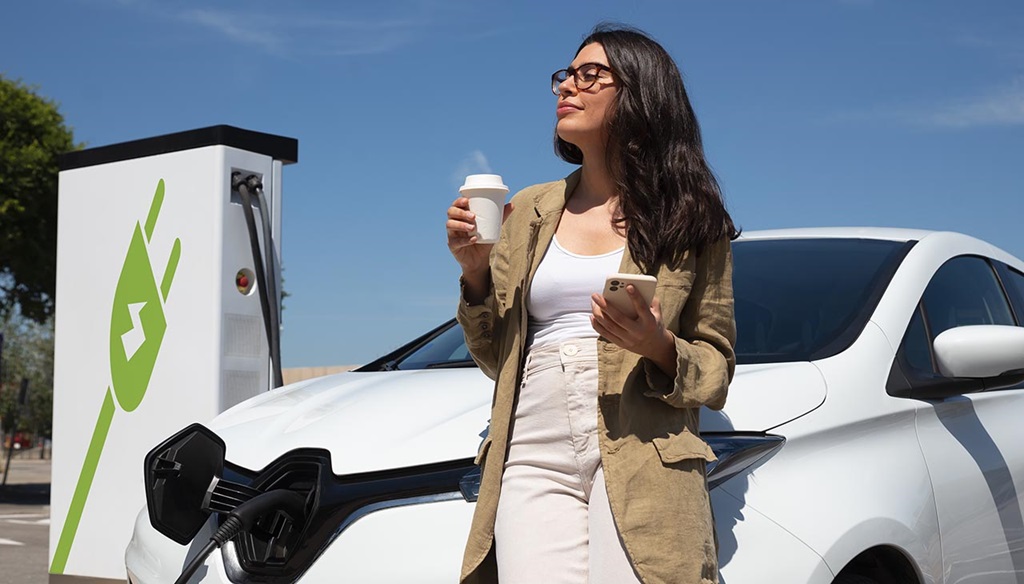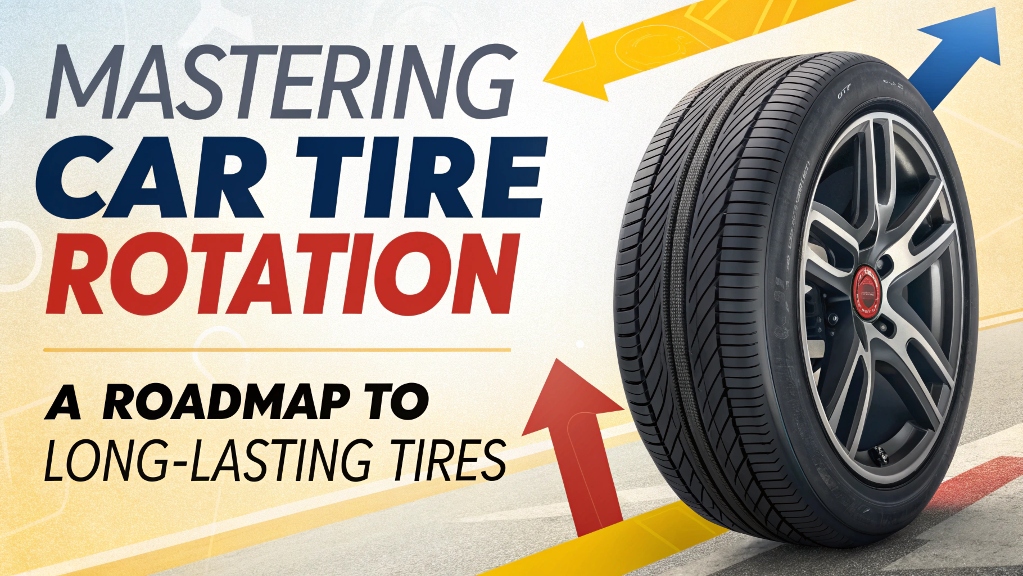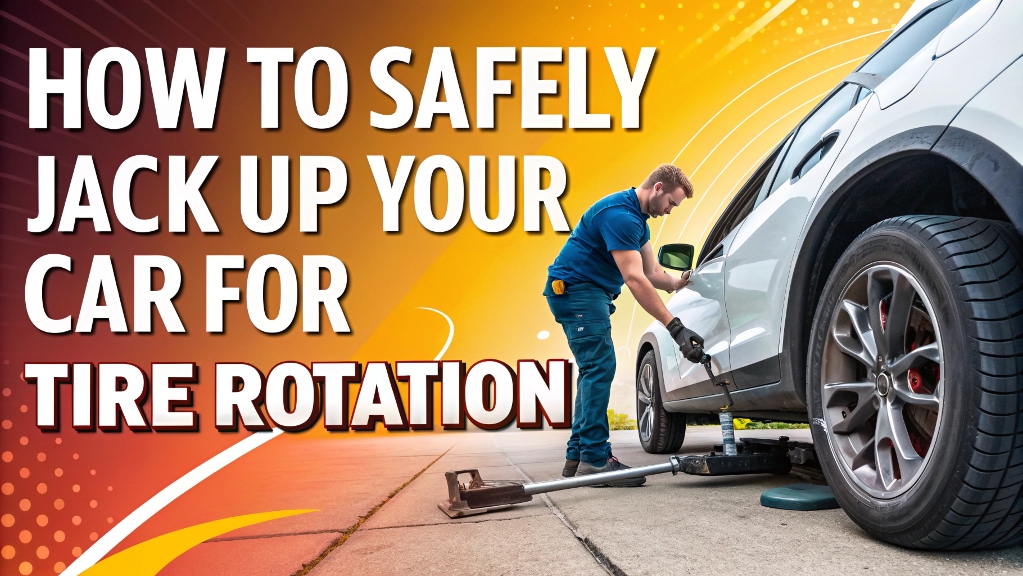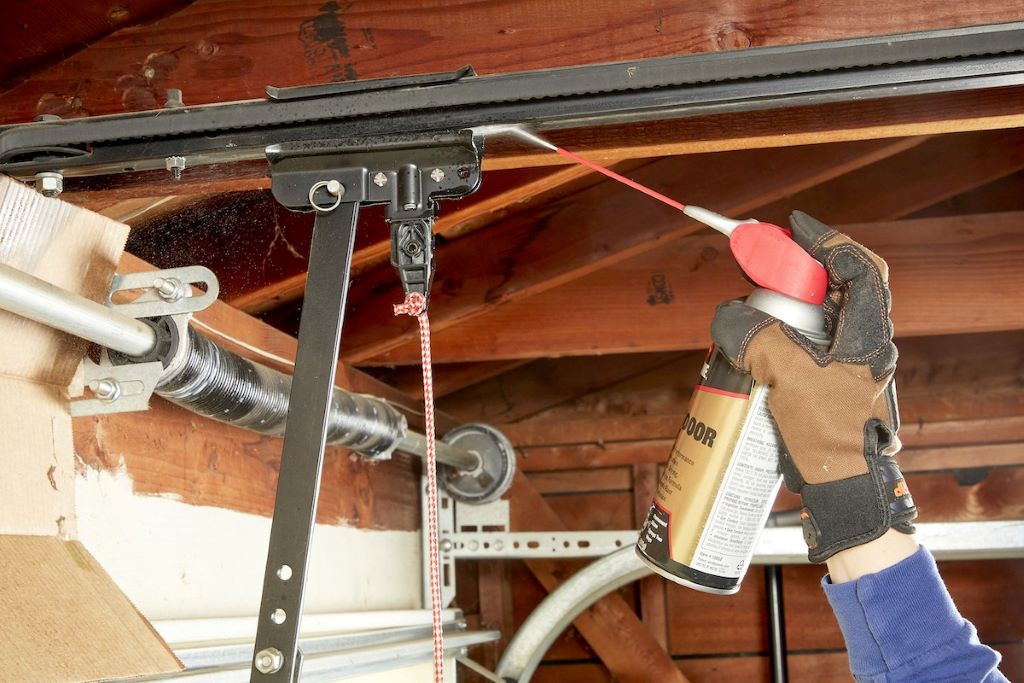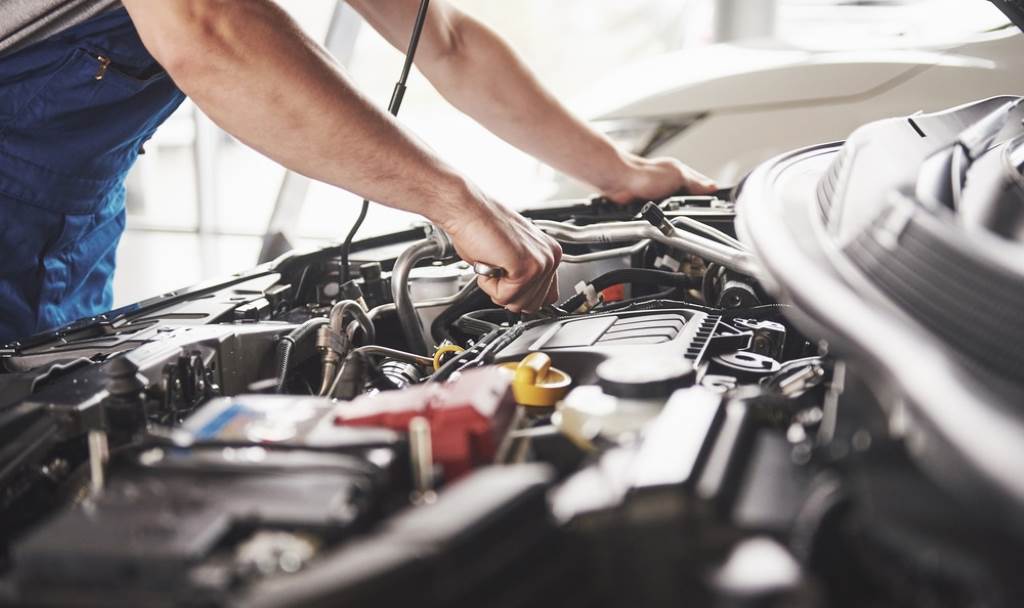Hey there, fellow drivers! Ever feel a twinge of guilt when you fill up your gas tank, knowing you’re contributing to pollution? You’re not alone. We all want to do our part for the planet, but sometimes it feels like our cars are working against us.
According to a 2023 study by the Environmental Protection Agency (EPA), a typical passenger vehicle emits about 4.6 metric tons of carbon dioxide per year. That’s a lot! But don’t worry, there are plenty of simple things we can do to lessen our impact. Think of it like this: every small change is a step in the right direction, like switching from a plastic straw to a paper one. It might seem insignificant on its own, but multiply that by millions of people, and suddenly you’ve got a real difference!
This guide is all about making your car more eco-friendly. We’ll ditch the technical jargon and focus on practical tips you can use every day. Ready to turn your ride into a green machine (figuratively, of course)? Let’s dive in!
Simple Ways to Reduce Your Carbon Footprint
These are the low-hanging fruit, the easy wins that can make a surprising difference.
-
Lighten Your Load
Imagine carrying a backpack full of rocks – you’d get tired pretty quickly, right? Your car feels the same way! The heavier your car, the more fuel it needs to lug around all that extra weight. So, what can you do?
- Clean out the clutter: Do you really need that box of old textbooks in your trunk? Or those five pairs of shoes you haven’t worn in months? Decluttering your car not only helps the environment but also gives you that fresh, organized feeling.
- Remove roof racks when not in use: They create wind resistance, which means your car has to work harder (and use more fuel) to move forward.
-
Pump Up Your Tires
This one’s super easy and often overlooked. Properly inflated tires are like well-oiled wheels – they roll smoothly and efficiently. Underinflated tires create more friction with the road, forcing your engine to guzzle more gas.
- Check your tire pressure regularly: Once a month is a good rule of thumb. You can find the recommended pressure in your car’s owner’s manual or on a sticker inside the driver’s side door.
- Invest in a good tire pressure gauge: They’re inexpensive and easy to use.
-
Drive Like You Have a Full Cup of Coffee
No, I’m not suggesting you actually balance a hot beverage on your dashboard! But think about how you’d drive if you did. You’d be smooth, and steady, and avoid any sudden movements, right?
- Accelerate gently: Jackrabbit starts might be fun, but they waste a ton of fuel.
- Maintain a steady speed: Avoid unnecessary speeding and braking. Cruise control can be your friend on long highway drives.
- Anticipate stops: Instead of slamming on the brakes at the last second, coast to a stop whenever possible. Think of it like this: every time you brake hard, you’re essentially throwing away the fuel you just used to get up to speed.
-
Plan Your Trips
Ever gone to the grocery store for milk and come back with a cart full of impulse buys? It happens to the best of us. The same principle applies to driving.
- Combine errands: Instead of making multiple short trips, plan your route to knock out several errands in one go.
- Avoid rush hour: If possible, travel during off-peak hours to avoid stop-and-go traffic, which is a major fuel waster.
- Use technology: Navigation apps can help you find the most efficient route and avoid traffic jams.
-
Embrace the “Eco” Mode
Many modern cars have an “Eco” mode. It might sound like a gimmick, but it can actually make a difference. Eco mode optimizes your car’s performance to prioritize fuel efficiency. This might mean slightly less aggressive acceleration or adjusted air conditioning settings, but the fuel savings can be worth it.
Level Up Your Eco-Friendly Driving
Ready to take things a step further? These tips require a bit more effort but can have a significant impact on your car’s environmental footprint.
-
Maintain Your Car Like a Pro
Think of your car like an athlete. To perform at its best, it needs regular check-ups and maintenance. A well-maintained car runs more efficiently, which means fewer emissions and better fuel economy.
Related: Essential Car Maintenance Tips to Extend the Life of Your Vehicle
- Regular oil changes: Use the recommended oil type and change it according to the schedule in your owner’s manual.
- Air filter replacement: A clean air filter helps your engine breathe easier and operate more efficiently.
- Spark plug check-up: Worn-out spark plugs can reduce fuel economy and increase emissions.
-
Consider Your Fuel Choices

Did you know there are different types of gasoline? Some are more eco-friendly than others.
- Choose higher octane fuel: While it might be slightly more expensive, higher octane fuel can improve your car’s fuel efficiency, especially if you have a newer car with a turbocharged engine.
- Explore alternative fuels: Depending on your vehicle and where you live, you might have options like biodiesel or ethanol blends. Do some research to see what’s available in your area.
-
Embrace Technology
Technology isn’t just for checking social media and streaming music. It can also help you drive more efficiently.
- Use a fuel-tracking app: These apps can help you monitor your fuel consumption, identify areas for improvement, and even find the cheapest gas prices in your area.
- Consider a driving behavior monitor: These devices provide feedback on your driving habits, helping you identify areas where you can be more eco-friendly, like reducing harsh braking or excessive idling.
Advanced Eco-Friendly Upgrades
If you’re really serious about reducing your car’s environmental impact, you might consider these more advanced options:
-
Upgrade Your Tires
Not all tires are created equal. Some are designed with fuel efficiency in mind.
Related: The Best Tyres for Your Car
- Look for low rolling resistance tires: These tires are made with special materials and tread patterns that reduce friction with the road, leading to better fuel economy.
- Consider tire size: In some cases, slightly narrower tires can improve fuel efficiency.
-
Aerodynamic Modifications
Remember those roof racks we talked about earlier? They’re not the only things that can create wind resistance.
- Remove unnecessary accessories: If you have a large cargo carrier or bike rack that you rarely use, consider removing it to improve your car’s aerodynamics.
- Invest in a wind deflector: For trucks and SUVs, a wind deflector can help reduce drag and improve fuel efficiency.
-
Explore Hybrid or Electric Vehicles
This is the big one! If you’re in the market for a new car, consider a hybrid or electric vehicle (EV).
- Hybrids: These cars combine a gasoline engine with an electric motor, offering significantly better fuel economy than traditional gasoline cars.
- EVs: These cars run entirely on electricity, producing zero tailpipe emissions. While the upfront cost might be higher, you’ll save money on fuel in the long run and significantly reduce your carbon footprint.
Conclusion: Every Little Bit Counts
Making your car more eco-friendly doesn’t require drastic changes or expensive upgrades. It’s all about making small, conscious choices that add up over time. By following the tips in this guide, you can reduce your impact on the environment, save money on fuel, and feel good about doing your part. Remember, every drop in the bucket counts!

